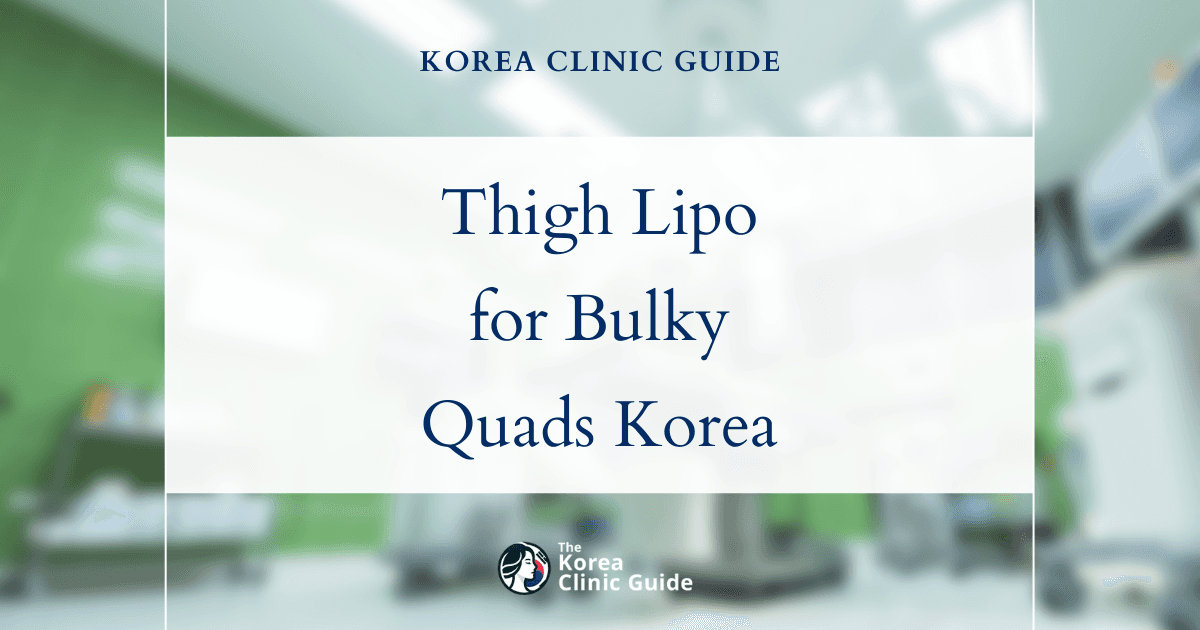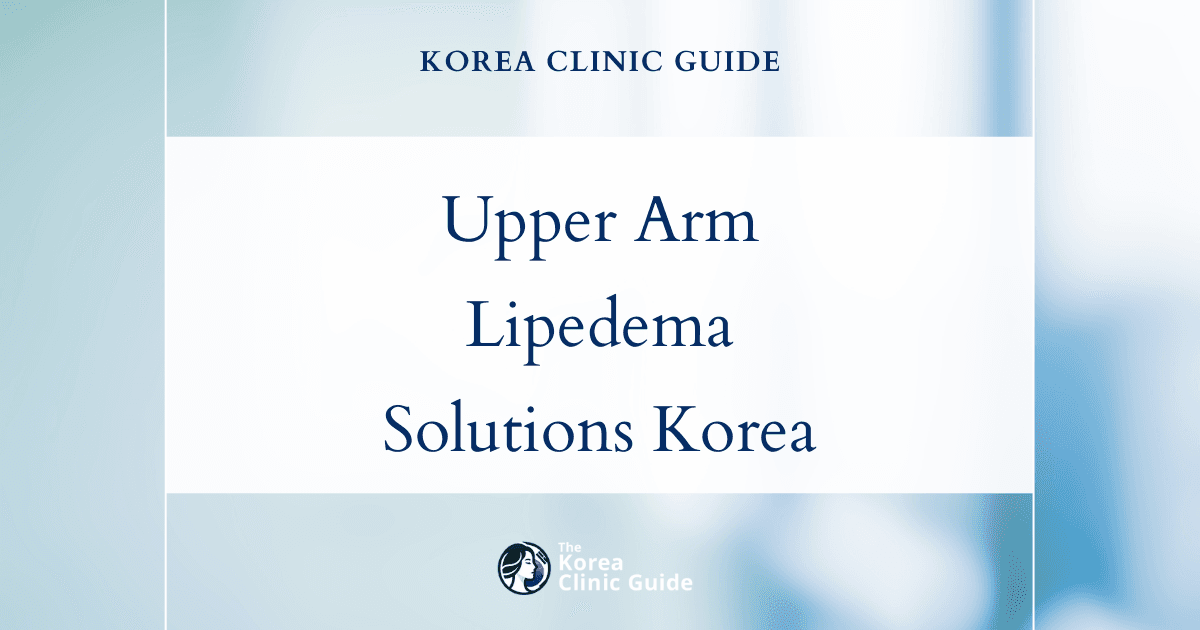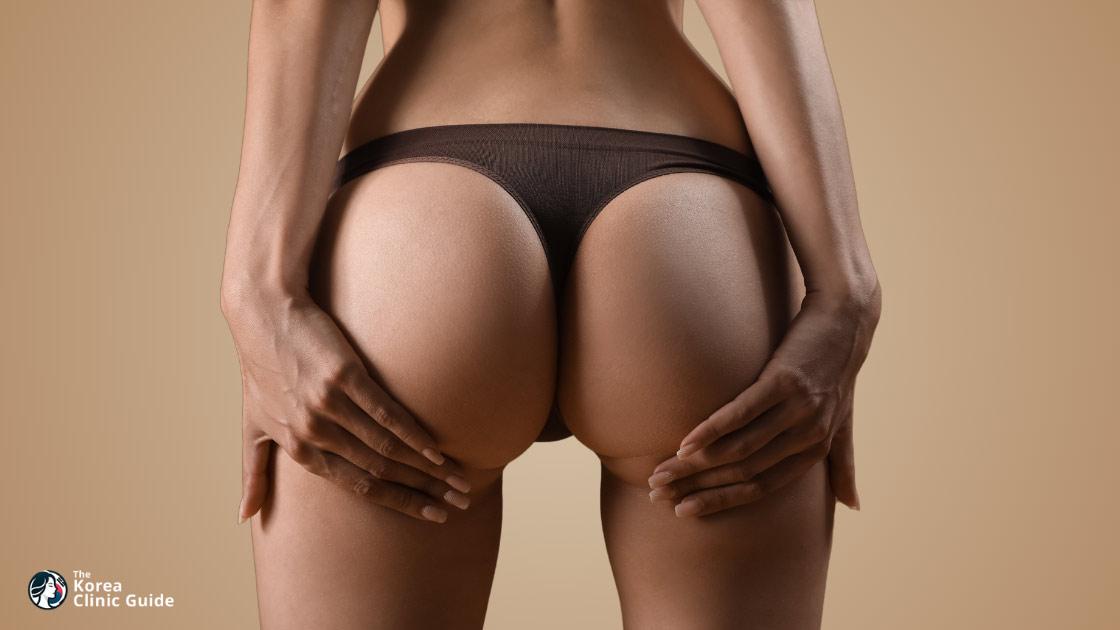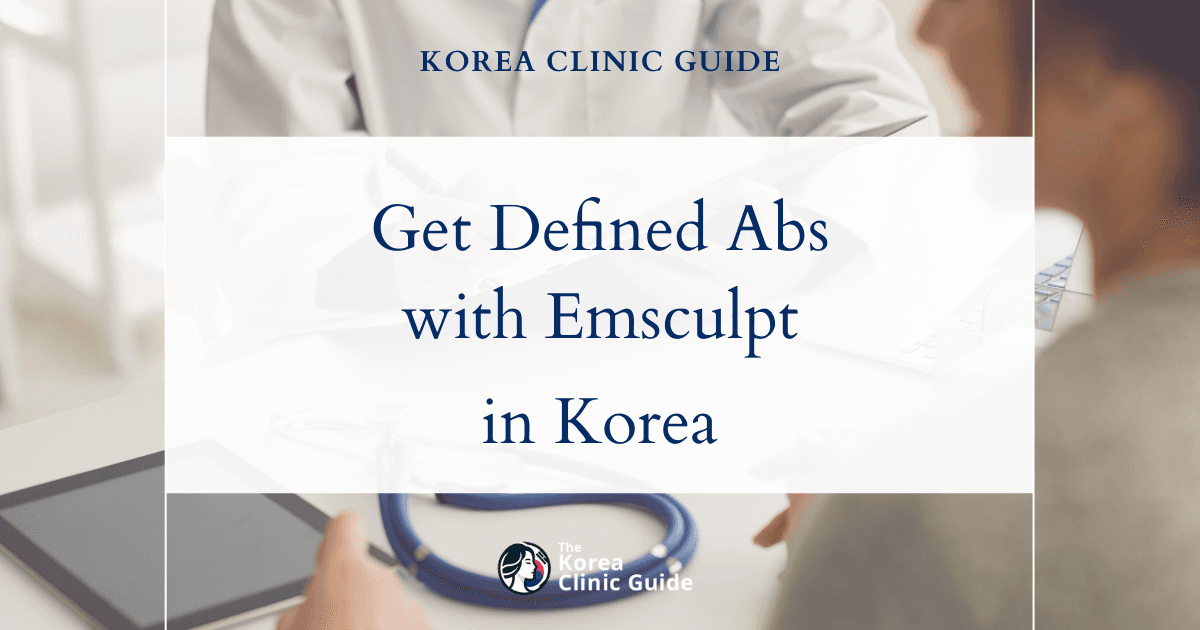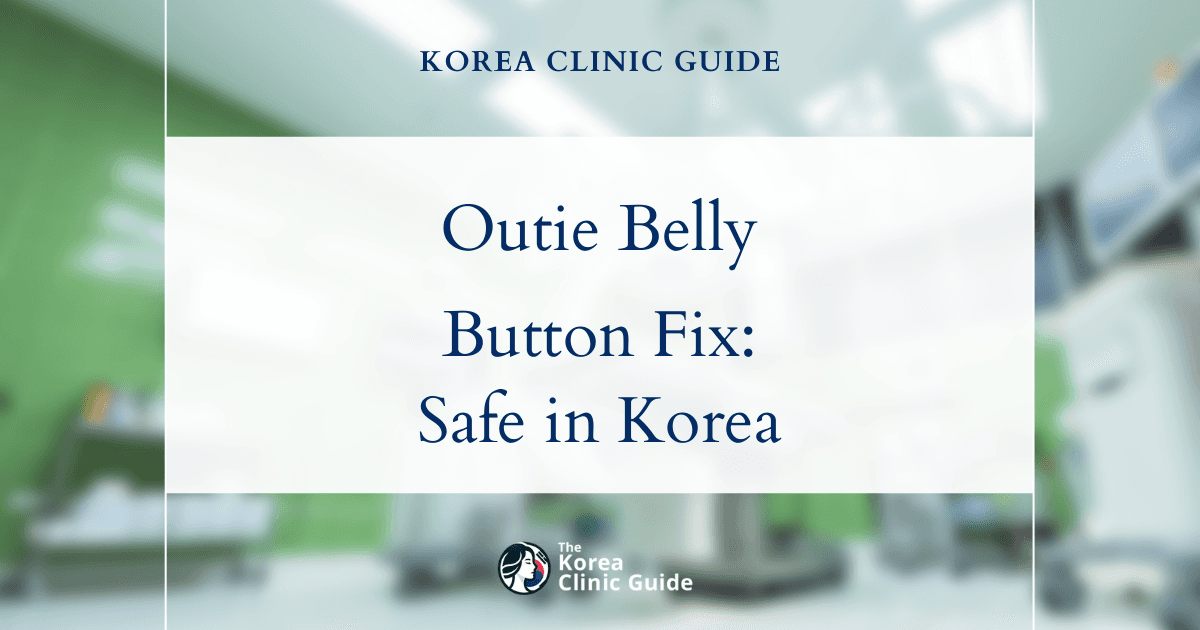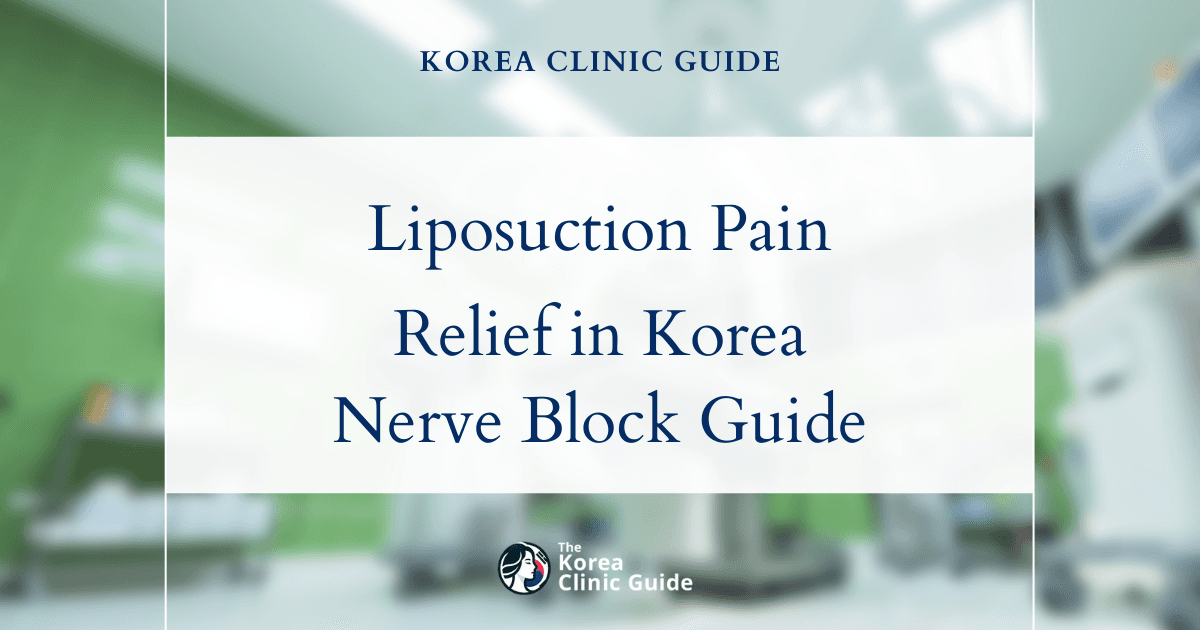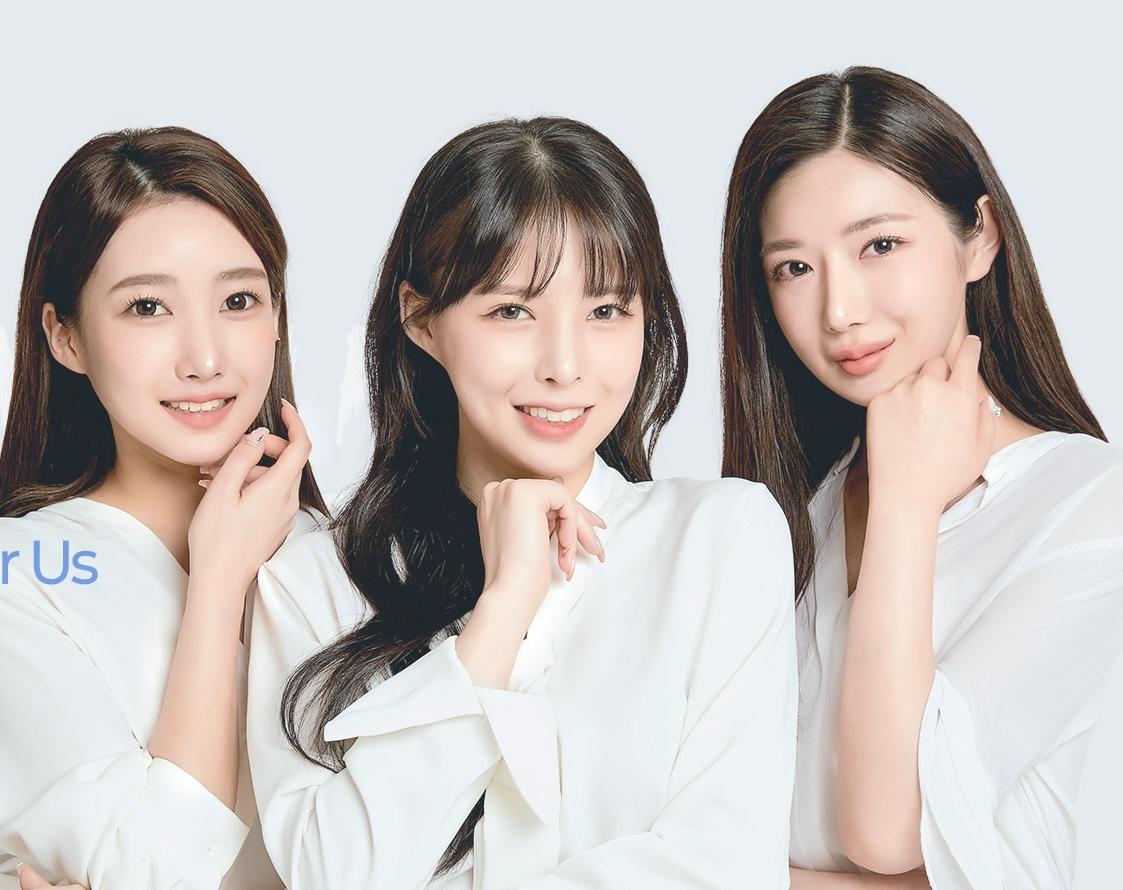Medical Tourism Blog
Buccal Fat Removal in Korea | Best Clinics, Costs, Procedure Types & More
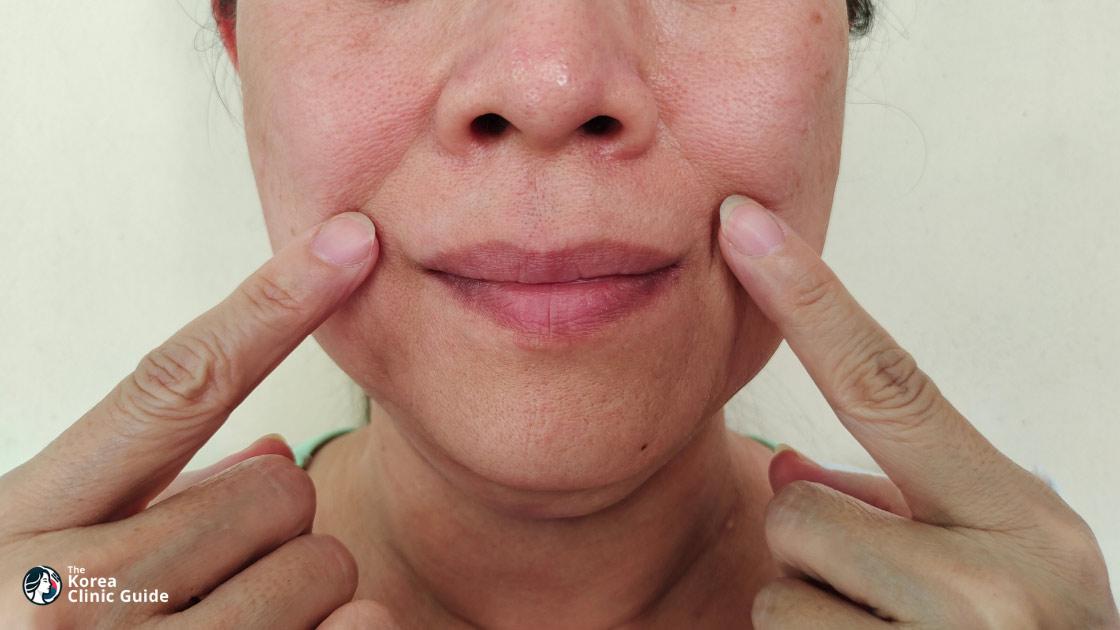
Table of contents
- Buccal Fat Removal Overview
- Best Clinics in Korea for Buccal Fat Removal
- Benefits of Buccal Fat Removal in Korea
- Cost of Buccal Fat Removal in Korea
- Buccal Fat Removal Aftercare and Recovery
- Alternatives to Buccal Fat Removal
- Conclusion
Considering treatment in Korea? Everything you need to know e.g. — how to avoid scams, visas, interpreters, recovery tips — in our Medical Tourism Master Guide. Plan with confidence in minutes, not weeks!
Are you looking to achieve a more defined and chiseled look while exploring the world of cosmetic surgery? In South Korea, a leading global hub for advanced aesthetic procedures, buccal fat removal is gaining remarkable popularity for transforming facial contours. This article delves into the intricacies of this cosmetic procedure, guiding you through suitable candidates, and highlighting top Korean clinics renowned for their expertise in buccal fat removal.
Buccal Fat Removal Overview
Buccal fat removal, also known as buccal lipectomy or cheek reduction surgery, is a specialized cosmetic procedure designed to reduce the prominence of the buccal fat pad located in the cheeks. This fat pad, which resides between the facial muscles in the hollow area beneath the cheekbone, can contribute to a fuller, rounder face, commonly referred to as "chipmunk cheeks."
The procedure aims to create a more defined, chiseled facial contour by extracting the buccal fat pad. It is popular among individuals who seek to enhance their facial aesthetics by obtaining a slimmer, more sculpted appearance. The degree of buccal fat varies widely among individuals, often influenced by genetic factors, and it typically does not fluctuate significantly with weight changes.
The surgery typically involves the following steps:
-
Consultation and Evaluation: The process begins with a thorough consultation with a qualified plastic surgeon who assesses the patient's facial structure, medical history, and aesthetic goals to determine candidacy for the procedure.
-
Anesthesia: Local anesthesia with sedation or general anesthesia is administered to ensure patient comfort during the surgery.
-
Incision: A small incision, usually about 1-2 centimeters, is made on the inside of the cheeks. This intraoral approach minimizes visible scarring and allows direct access to the buccal fat pad.
-
Removal of Buccal Fat Pad: Through the incision, the surgeon carefully teases out the buccal fat pad with specialized instruments. The amount of fat removed is tailored to achieve the desired contour and balance with the rest of the facial features.
-
Closure: The incision is then closed with dissolvable sutures, completing the minimally invasive procedure.
Postoperative care is crucial to ensure proper healing and optimal results. Patients are usually advised to follow specific guidelines, including:
- Adhering to a soft or liquid diet for a few days to minimize strain on the sutures.
- Practicing good oral hygiene to reduce the risk of infection.
- Avoiding strenuous activities and following prescribed medication regimens to manage pain and inflammation.
Recovery from buccal fat removal is relatively quick, with most patients resuming normal activities within a week. Mild swelling and discomfort are common initially but typically subside within a few weeks, revealing the enhanced facial contours.
This procedure is ideal for those looking to refine their facial structure without extensive surgery. However, it is crucial to consult a board-certified plastic surgeon to discuss potential risks, benefits, and realistic expectations to determine if buccal fat removal is the right option.
Buccal Fat Removal Procedure
Buccal fat removal, also known as cheek reduction, is a surgical procedure performed to reduce the fullness of cheeks and enhance facial bone structure. This procedure specifically targets the buccal fat pads located between your cheekbones and jawbones, which contribute significantly to the overall shape of your face.
Pre-Procedure Consultation
Before undergoing buccal fat removal, you'll have an initial consultation with your healthcare provider, typically a licensed plastic surgeon. During this session, the provider will:
- Discuss your aesthetic goals and the expected outcomes of the surgery.
- Review your medical history and conduct a physical examination.
- Take photographs of your face for reference.
- Discuss any medications, herbs, and supplements you're currently taking.
It's crucial to disclose all medications to your provider, and you may be advised to stop smoking or using tobacco products before the surgery to ensure optimal results and healing.
The Procedure
Buccal fat removal surgery can be performed in a hospital or the surgeon’s office, and it typically follows these steps:
-
Anesthesia: The procedure begins with the administration of a local anesthetic to numb your face, so you won't feel any pain during the surgery. If multiple procedures are being done simultaneously, general anesthesia may be administered.
-
Incisions: The surgeon makes small incisions inside your mouth, near your upper molars, to access the buccal fat pads.
-
Evaluation and Fat Removal: Once the incisions are made, the surgeon gently presses on your cheeks to expose the buccal fat pads. Using specialized instruments, the surgeon cuts and removes the desired amount of fat.
-
Closure: After removing the buccal fat pads, the incisions are closed with dissolvable sutures.
Post-Procedure Care
Post-surgery, your healthcare provider will give detailed instructions on how to care for your incisions and manage your recovery. Key aspects include:
- Mouth Rinse: You might be given a special mouth rinse to prevent infection and aid healing.
- Diet: Initially, you'll be on a liquid diet for a day or two, then gradually transition to soft foods as recommended by your provider.
- Possible Side Effects: Common side effects include swelling, bruising, and numbness at the incision sites—these should fade gradually as healing progresses.
Recovery and Results
The typical healing time is about three weeks, but it may take several months to see the final results as the face settles into its new contour. To facilitate a smooth recovery, follow your provider's after-care instructions diligently, including attending all follow-up appointments. You can generally return to normal activities within a few days to a week, depending on your provider's advice.
Risks and Complications
While buccal fat removal is generally safe, it's essential to be aware of potential risks and complications, which include:
- Infection at the incision site.
- Injury to facial nerves or salivary ducts.
- Changes in sensation or numbness.
- Asymmetry in facial appearance.
In rare cases, more severe complications could occur, such as excessive bleeding, severe pain, or signs of infection. If you experience any of these, contact your healthcare provider immediately.
Who Can Benefit From Buccal Fat Removal?
- Individuals Displeased With Cheek Fullness: Those who feel the roundness in their cheeks creates an appearance of fullness or "chubbiness" they do not find appealing.
- People Seeking Highlighted Bone Structure: Individuals looking to accentuate the bone structure in their face, especially their cheekbones and the hollowed areas between their cheeks and jawline.
- Those with Stable Weight and Good Health: Candidates who are otherwise in good health and have a stable weight.
- Individuals Desiring a More Contoured Face: Those who want to achieve a more contoured and defined facial appearance by reducing the volume of buccal fat pads.
Note:
- Not Suitable for Narrow Faces: Individuals with naturally narrow faces may not be good candidates as removing buccal fat could lead to a gaunt appearance.
- Consideration for Age: The procedure may not be recommended for older individuals since buccal fat naturally diminishes with age.
- Personal Decision: The decision should be based on the individual’s desire to modify their appearance, not due to external pressure from others.
Buccal fat removal is often performed by a licensed plastic surgeon or a healthcare provider with special training in plastic surgery procedures.
Best Clinics in Korea for Buccal Fat Removal
Listed below are the best clinics in Korea for buccal fat removal:
| Clinic Name | Key Features | Special Techniques |
|---|---|---|
| Made Young Plastic Surgery | Located in Gangnam, Seoul; team of doctors with 15+ years average experience; direct consultations by board-certified specialists; full-time board-certified anesthesiologists; 1:1 dedicated monitoring; comprehensive safety, cross-check emergency system, and full CCTV coverage; dedicated aftercare center; multiple industry awards and certifications. | Expertly tailored facial contouring and anti-aging procedures; advanced facial rejuvenation; meticulous recovery management. |
| 365mc Hospital - Sinsa | Focus on advanced cosmetic and obesity procedures; highly trained specialists; cutting-edge technology; minimally invasive treatments; individualized care; comprehensive post-procedure support; market leader in facial aesthetics. | Buccal fat removal; precise face liposuction; Liposuction Assisted Morphological Surgery (LAMS); innovative facial contouring. |
| 365mc Hospital | Exclusive focus on obesity, body contouring and fat reduction; Korean Health Ministry Seal; 22 doctors, 18 clinics; over 3,000 surgical liposuctions, 5 million total treatments; hospital-level safety; AI-assisted M.A.I.L. System; personalized recovery center; 7-week post-op program; attentive post-surgical management and nutrition counseling. | Local Anesthetic Minimal Invasive Liposuction (LAMS); AI-assisted facial sculpting; hyperbaric oxygen therapy; customized dietary and recovery plans. |
Made Young Plastic Surgery
Made Young Plastic Surgery Clinic, located in Seoul’s distinguished Gangnam district, stands out as a premier destination for buccal fat removal and advanced facial rejuvenation procedures. With a team of highly skilled doctors averaging over 15 years of clinical experience, the clinic takes pride in delivering genuine expertise and personalized care to every patient. Initial consultations and diagnoses are handled directly by these leading specialists, ensuring that each treatment plan is expertly tailored to individual needs.
Safety and patient care are paramount at Made Young. The clinic operates a comprehensive safety system, featuring full-time board-certified anesthesiologists and a 1:1 dedicated monitoring protocol for each patient during procedures. Emergency readiness is bolstered by a cross-check system that allows for immediate, collaborative response, and full CCTV coverage ensures transparency at all stages. Aftercare is meticulously managed through a dedicated center, guiding patients smoothly through recovery. Recognized with prestigious industry awards and certifications, Made Young has solidified its reputation as one of Korea’s most trusted clinics for facial contouring and anti-aging solutions.
You can check out their website here: Made Young Plastic Surgery Website
365mc Hospital - Sinsa
365mc Hospital - Sinsa stands out as the premier destination for Buccal Fat Removal in Korea due to its unwavering dedication to advanced cosmetic and obesity procedures. Renowned for a team of highly trained specialists, the clinic employs cutting-edge technology and techniques to ensure both safety and exceptional results. With extensive expertise in facial contouring, including precise face liposuction and innovative methods like Liposuction Assisted Morphological Surgery (LAMS), 365mc Hospital - Sinsa delivers minimally invasive treatments that achieve natural and refined outcomes with minimal downtime. The clinic’s focus on patient comfort, individualized care, and comprehensive post-procedure support has established 365mc as a market leader in South Korea, making it the optimal choice for anyone seeking to enhance their facial aesthetics through Buccal Fat Removal.
You can check out their website here: 365mc Hospital - Sinsa Website
365mc Hospital
365mc Hospital stands out as Korea’s premier destination for Buccal Fat Removal due to its exclusive focus on obesity treatment, body contouring, and fat reduction. Boasting over 20 years of expertise and recognized by the Korean Health Ministry Seal for excellence, 365mc sets the gold standard in hospital-level safety, precision, and innovation. Patients benefit from the care and expertise of 22 dedicated doctors across 18 clinics, with over 3,000 successful surgical liposuctions and an unmatched track record drawn from 5 million total treatments. Advanced technologies, such as the AI-assisted M.A.I.L. System and cutting-edge techniques like Local Anesthetic Minimal Invasive Liposuction (LAMS), ensure precise and scar-free results tailored to each individual’s facial sculpting needs. On surgery day, patients receive one-on-one intensive care in a dedicated Recovery Center, followed by a structured 7-week post-op program featuring therapies like hyperbaric oxygen treatment and customized dietary support, all designed for rapid, comfortable recovery and superior outcomes. The clinic’s holistic, patient-centered approach—encompassing attentive post-surgical management, innovative fat reduction methods, and ongoing nutritional counseling—makes 365mc Hospital the trusted choice for anyone seeking buccal fat removal and the most natural, elegant facial contour in Korea.
You can check out their website here: 365mc Hospital Website
Benefits of Buccal Fat Removal in Korea
Buccal fat removal is a popular cosmetic procedure aimed at reducing the fullness of cheeks by removing the buccal fat pads. Korea has emerged as a leading destination for this procedure due to several key benefits, which include:
Advanced Medical Technology
Korea is renowned for its advanced medical technology and state-of-the-art facilities. Clinics and hospitals are equipped with the latest surgical tools and technologies, which ensures high precision and safety during the buccal fat removal procedure.
Skilled Surgeons
Korea boasts some of the most skilled and experienced cosmetic surgeons in the world. These professionals often undergo rigorous training and are well-versed in the latest techniques and trends in aesthetic medicine. This high level of expertise results in more successful outcomes and satisfied patients.
Aesthetic Goals and Expectations
Korean cosmetic surgery places a high emphasis on achieving natural-looking results that align with the patient's aesthetic goals. Surgeons in Korea are particularly adept at creating balanced facial contours, ensuring that the buccal fat removal procedure harmonizes with the patient’s overall facial structure.
Comprehensive Patient Care
From the initial consultation to post-operative care, Korean clinics are known for providing comprehensive and personalized patient care. They offer detailed consultations, wherein patients can discuss their concerns and expectations. Additionally, the post-operative care in Korea includes follow-ups and recovery plans to ensure optimal results and patient comfort.
Cost-Effective Options
Despite the high quality of care and advanced technology, buccal fat removal in Korea can often be more cost-effective compared to other countries. Competitive pricing combined with exceptional medical services makes Korea an attractive option for international patients seeking aesthetic treatments.
Cultural Sensitivity
Korean clinics and surgeons often exhibit a high level of cultural sensitivity and understanding, which is crucial for international patients. Many clinics offer services in multiple languages and have experience dealing with patients from various cultural backgrounds, ensuring a comfortable and reassuring experience.
Innovation and Trends
South Korea is at the forefront of beauty and cosmetic surgery trends. Opting for buccal fat removal in Korea allows patients to benefit from the latest innovations and techniques in the field. Korean surgeons are often pioneers in minimally invasive procedures, which can lead to quicker recovery times and better overall outcomes.
Reputation for Excellence
Korea’s global reputation for excellence in cosmetic surgery is well-established. Many international patients choose Korea based on its reputation for high standards and successful, aesthetically pleasing results. Patient testimonials and before-and-after photos often reflect the high level of satisfaction among those who undergo buccal fat removal in Korea.
These benefits make Korea a highly desirable destination for individuals considering buccal fat removal, ensuring they receive top-notch care and achieve their desired facial aesthetics.
Cost of Buccal Fat Removal in Korea
Buccal fat removal, a popular cosmetic procedure aimed at reducing the fullness of the cheeks to enhance facial contours, is increasingly sought after by individuals looking to achieve a slimmer facial profile. The cost of this procedure can vary significantly based on geographical location, clinic reputation, and the expertise of the surgeon.
In Korea, the cost of buccal fat removal typically ranges from $1,200 to $3,000. Several factors contribute to this pricing, including the advanced medical infrastructure, the high volume of procedures performed, and the competitive nature of the cosmetic surgery industry in the country. Korean surgeons are known for their precision and innovation in aesthetic procedures, making it a desirable destination for individuals seeking high-quality cosmetic surgery.
In contrast, buccal fat removal in the USA generally costs between $2,000 and $5,000. This higher cost is attributed to several elements, such as higher living expenses, malpractice insurance, and the overall operational costs of running a medical practice in the United States. Additionally, the stringent regulations and certifications required for plastic surgeons in the U.S. might also contribute to the elevated prices.
Buccal Fat Removal Aftercare and Recovery
After undergoing buccal fat removal surgery, proper aftercare and a clear understanding of the recovery process are crucial for optimal healing and achieving the desired results. Here’s what patients can typically expect during the aftercare and recovery period:
Immediate Post-Operative Care
- Incision Care: Following the procedure, your healthcare provider will provide detailed instructions on how to care for your incisions. This often includes the application of a special mouth rinse to aid healing and prevent infection.
- Dietary Recommendations: Initially, you will be advised to follow a liquid diet for the first one or two days. This minimizes movement and irritation at the incision site, promoting better healing. As healing progresses, you can gradually reintroduce soft foods into your diet as per your provider's guidance.
Signs of Healing
You may experience the following during the recovery period:
- Swelling and Bruising: Common post-surgical symptoms include swelling and bruising around the treatment area. These effects should progressively diminish as your body heals.
- Numbness: Some temporary numbness at the incision sites is also typical and should resolve over time.
Recovery Timeline
- Three-Week Mark: The initial healing phase generally spans about three weeks. During this period, it's crucial to adhere to aftercare instructions and avoid any activities that might disrupt the healing process.
- Final Results: The full results from the surgery may take several months to become apparent. This time allows for the complete settling of facial tissues and the reduction of any residual swelling.
Risks and Warning Signs
Buccal fat removal surgery, while generally safe, carries certain risks. Contact your healthcare provider immediately if you experience any of the following:
- Excessive bleeding at the incision sites.
- Signs of infection, such as skin that is hot to the touch, redness, or pus discharge, accompanied by fever.
- Asymmetry in the surgical results or poor healing.
- Unusual tastes in your mouth, which could indicate potential salivary gland damage.
Severe Complications
In rare cases, some patients may experience severe complications requiring immediate medical attention. These include:
- Shortness of breath.
- Chest pain.
- Abnormal heartbeats.
Follow-Up Care
Adherence to follow-up appointments is essential. These visits allow your provider to monitor your healing progress and address any concerns or complications promptly.
By following these detailed aftercare protocols and understanding what to expect during the recovery period, patients can ensure a smoother healing process and achieve the aesthetic results they desire from buccal fat removal surgery.
Alternatives to Buccal Fat Removal
If you're considering highlighting your facial bone structure but are hesitant about undergoing buccal fat removal surgery, there are several non-invasive or less invasive alternatives that can offer similar benefits. Here are three suitable alternatives:
1. Cheek Liposuction
Cheek liposuction involves the removal of fat cells from the cheeks through a small, minimally invasive procedure. This technique can effectively contour the face and highlight the cheekbones and jawline by removing excess fat deposits in the cheeks. Unlike buccal fat removal, cheek liposuction focuses on a more targeted area, making it a suitable option for those looking to achieve subtle facial thinning without a full surgical procedure.
How It Works:
- Procedure: Small incisions are made in inconspicuous areas of the cheek, often inside the mouth or near the ear. A thin tube called a cannula is then inserted to suction out the fat cells.
- Recovery: The recovery period is generally shorter than traditional buccal fat removal, with most patients returning to normal activities within a week.
2. Facial Fillers and Contouring
Injectable fillers, such as hyaluronic acid or calcium hydroxylapatite, can enhance facial contours by adding volume to specific areas of the face. Instead of removing fat, facial fillers work by augmenting the cheekbones and other facial structures, creating a more defined and sculpted look.
How It Works:
- Procedure: Fillers are strategically injected into the cheekbones, jawline, and other target areas to create a more chiseled appearance.
- Recovery: There is minimal downtime, with most patients experiencing only minor swelling or bruising that subsides within a few days.
3. CoolSculpting
CoolSculpting is a non-invasive procedure that uses controlled cooling to eliminate fat cells without surgery. This technique can be applied to the facial area to reduce the appearance of fullness in the cheeks, providing a more contoured facial profile.
How It Works:
- Procedure: A specialized applicator delivers controlled cooling to the treatment area, targeting and freezing fat cells. Over time, the body naturally eliminates the dead fat cells, resulting in reduced facial fullness.
- Recovery: As a non-invasive procedure, CoolSculpting requires no downtime, and patients can resume their normal activities immediately.
Each of these alternatives offers unique benefits and can be tailored to match individual aesthetic goals and medical considerations. Consulting with a qualified cosmetic surgeon or dermatologist can help determine the best approach for achieving your desired facial contouring results.
Conclusion
In conclusion, buccal fat removal in Korea stands out as a compelling option for those seeking a more contoured and sculpted facial appearance. With its advanced medical technologies and highly qualified surgeons, Korea has established itself as a leader in the world of cosmetic surgery. Patients can expect not only exceptional surgical outcomes but also a comprehensive approach to post-operative care that ensures optimal recovery and satisfaction. Whether drawn by the country's reputation for excellence in aesthetic procedures or the allure of its vibrant medical tourism industry, individuals considering buccal fat removal can find confidence in the outstanding standards and personalized care available in Korea.
